This is now one of my favourite cemeteries. It’s easy to explore and discover stories about the people buried under the earth. As you walk in, leaflets with a self-guided tour are by the entrance; these make wandering the graveyard a bit like a treasure hunt. The local historical society also does a GREAT walking tour that incorporates history with period actors to make things interesting.
The Santa Rosa Rural Cemetery is actually four graveyards: the Old Rural Cemetery, the Fulkerson Cemetery, the Moke Cemetery and the Stanley Cemetery. A fifth Potter’s Field is owned by the city of Santa Rosa and is immediately to the Northeast. The first known burial in this area is that of Thompson Mize (1854) who made the long trek to Santa Rosa from the East only to drown three months later.
When you first walk into the graveyard using the main entrance, you see a memorial to those who died in the April 18, 1906 Earthquake. No building in the city escaped damage and hundreds of people died that morning. The impact on Santa Rosa was greater than that of San Francisco but Santa Rosa’s story remains largely untold. Here is a documentary about the impact of the earthquake on Santa Rosa.

A few feet away is a locust tree with a nefarious history. On December 5, 1920, three men (Terry Fitts, Charley Valento and George Boyd) got caught up in a shootout with police officers who were trying to capture them for the gang rape of a young woman in San Francisco.
During the shootout, three police officers were shot and killed (Lester Dohrman, Miles Jackson, and Jim Petray). Shortly after, the criminals were caught and jailed. Five days later, a posse of unknown assailants entered the jailhouse, took the men out of their cell, and drove them to Santa Rosa Rural Cemetery where they were hanged on the locust tree.

Another particularly interesting and sad section of the cemetery is off the beaten track. Here you’ll find a series of small wooden headstones marking the graves of Santa Rosa’s unknown Japanese residents. Many of these people came to Santa Rosa for work, some worked for Kanaye Nagasawa, one of the first Japanese men to arrive in North America. Nagasawa was also known as the Wine King of California for his skill at making high-quality wine and introducing the first California wines to England, Europe, and Japan.
Nagasawa owned a lavish estate in Santa Rosa called Fountaingrove where he employed people from Japan, hosted foreign dignitaries, and lived a life of luxury. Shortly after his death in 1934, his family lost the property through California’s Alien Land Laws (and were later jailed during the internment of Japanese citizens). I’m assuming that some of the Japanese buried in this section are workers who came to Santa Rosa to work at Fountaingrove.
Ironically, while headstones do exist for Japanese citizens, Chinese were not allowed to have headstones in the cemetery; instead, they each had a small can of cement with a number.

John G. Pressley (1879) was a Confederate soldier during the Civil War who came to Santa Rosa to escape the post-Civil War South; he is the highest-ranking Confederate soldier in the cemetery. After moving to California, he became a prominent Santa Rosa lawyer and judge. In this video, the story of his life is told by a period actor playing his wife Julia Burckmyer during a tour.

There are many other stories that come from the cemetery… I don’t want to give too many spoilers for those who plan to visit. The reason I like this cemetery so much is the stories of the people of Santa Rosa are shared and celebrated… instead of ignored, hidden, and forgotten.
(P.S. #24 is the grave of Sarah J. Palmer of Kentville, Nova Scotia. Yet another Nova Scotian who came to California!)

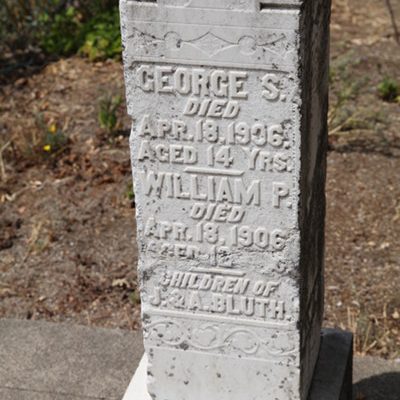
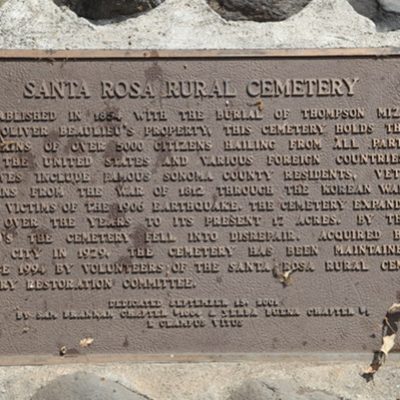
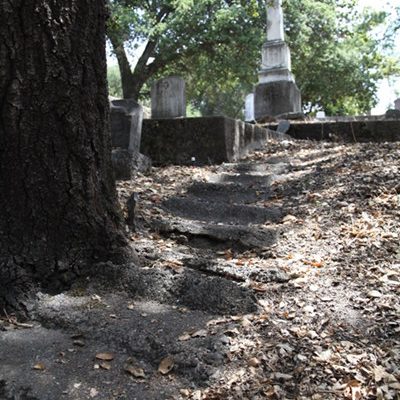
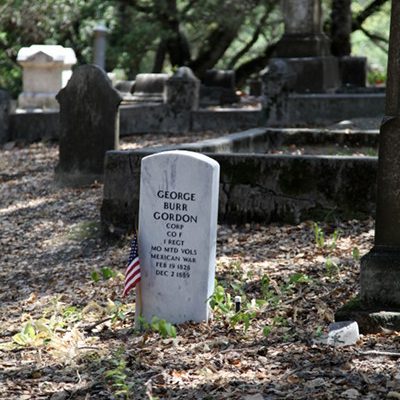
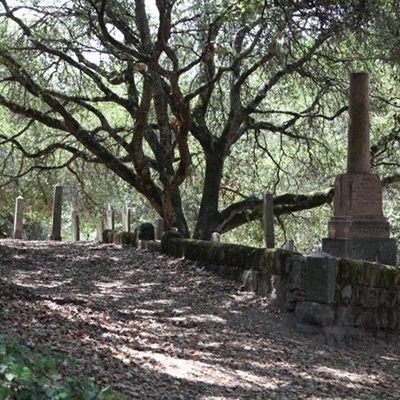
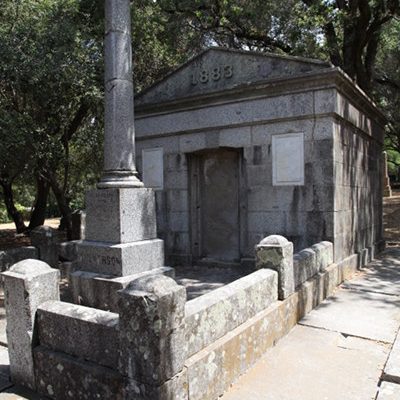
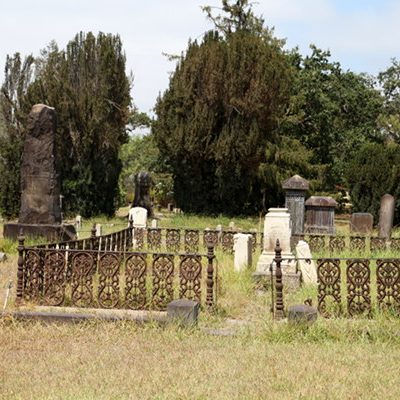
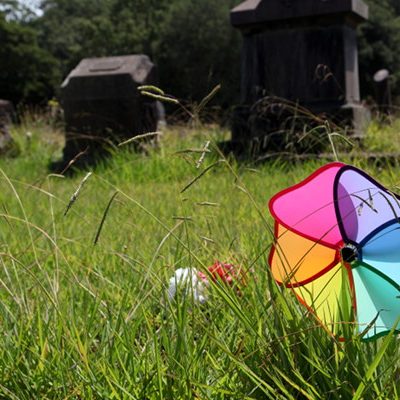
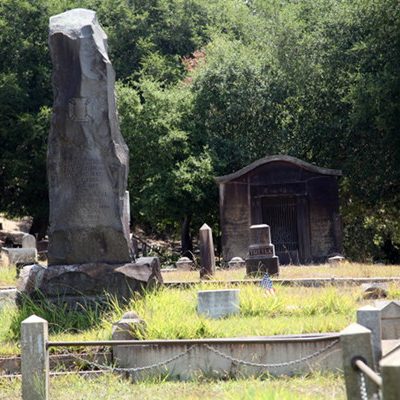

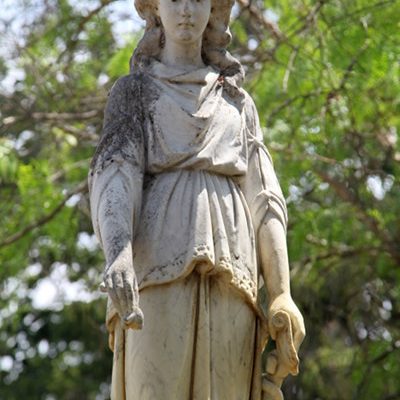
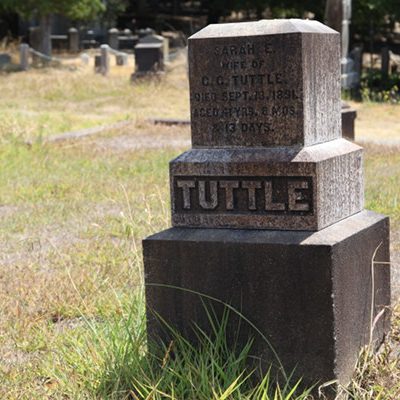
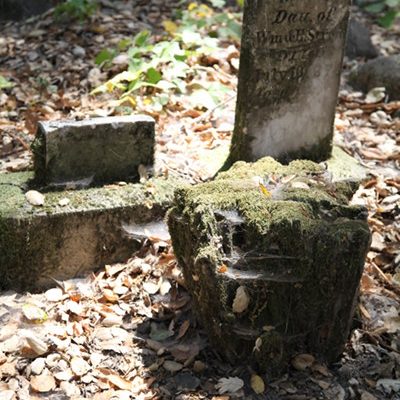
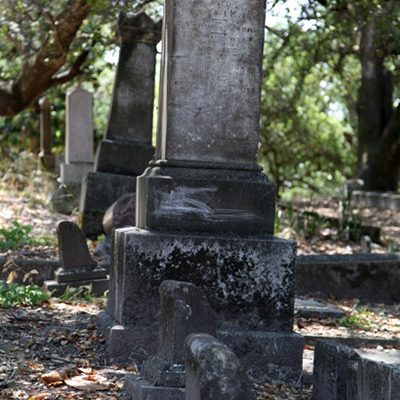
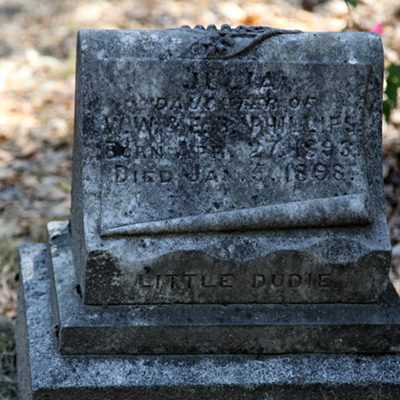
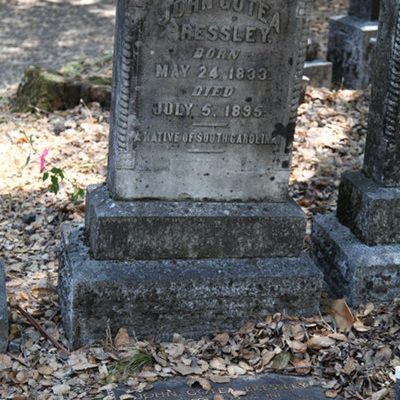
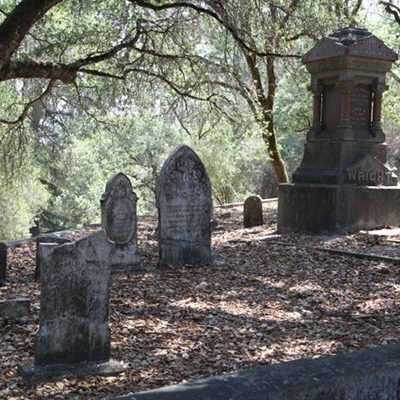
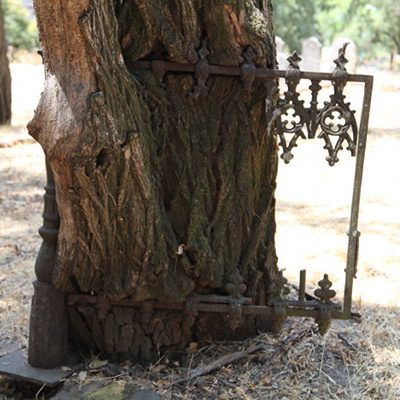
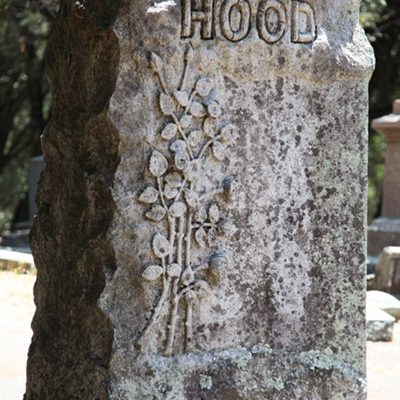
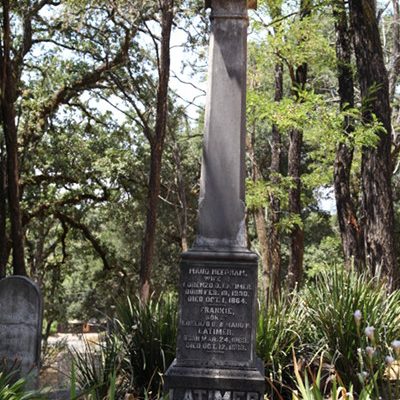
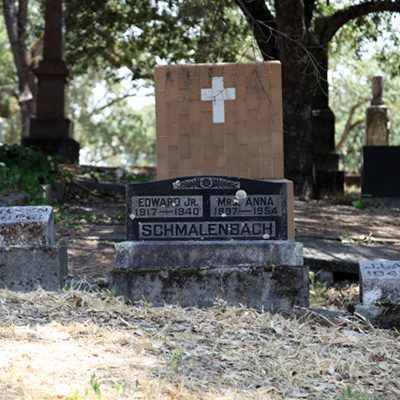
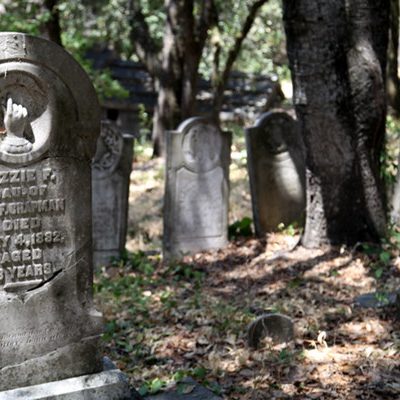
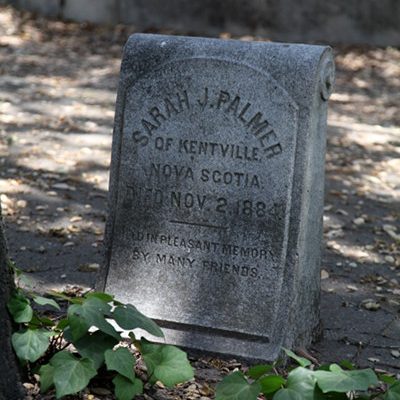
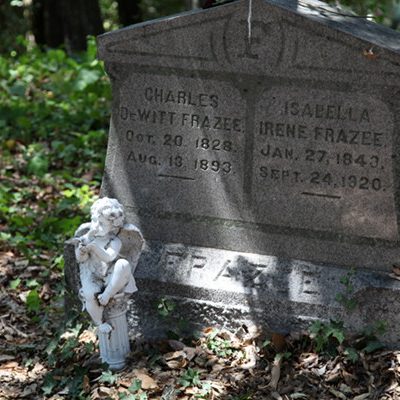
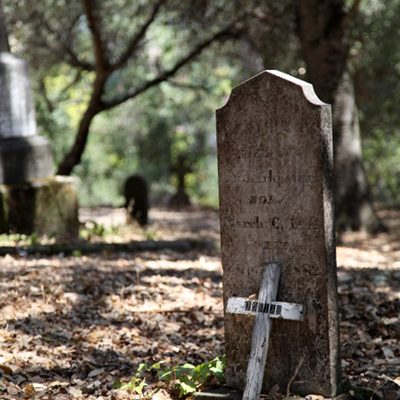
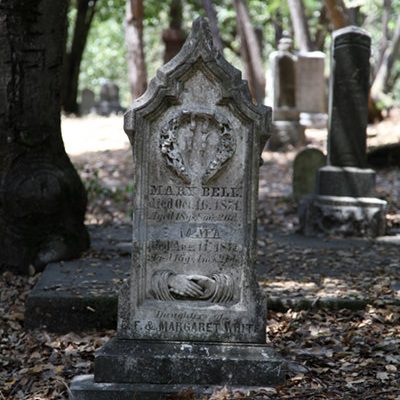
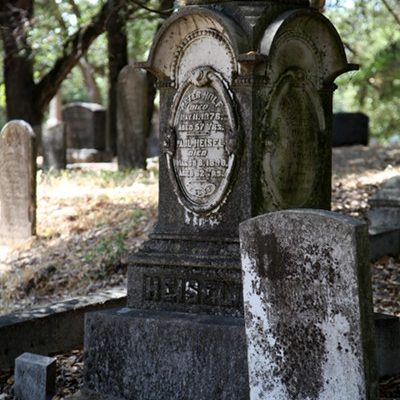
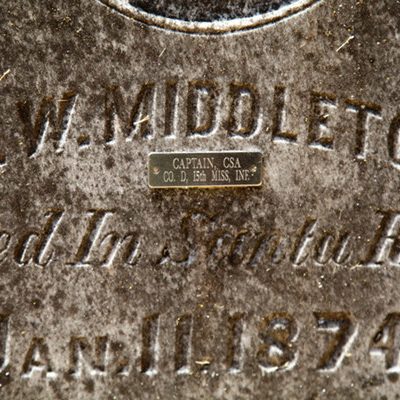
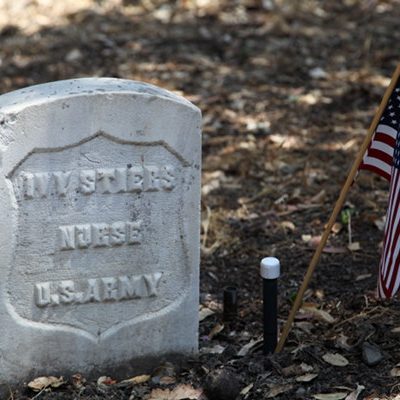
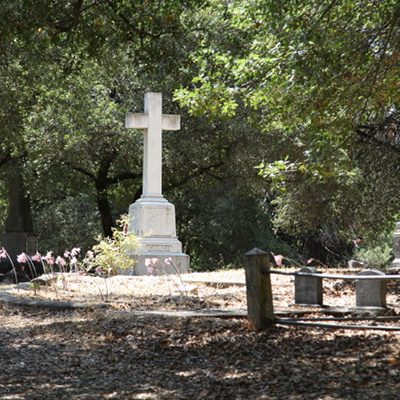
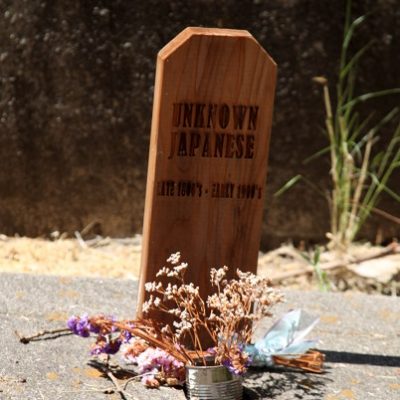
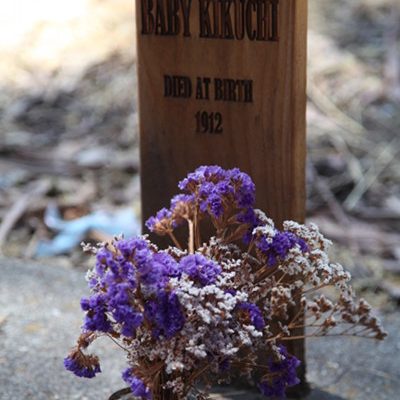
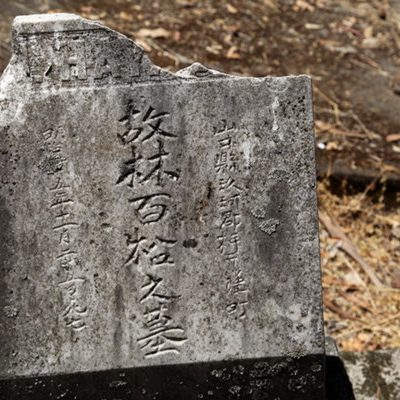
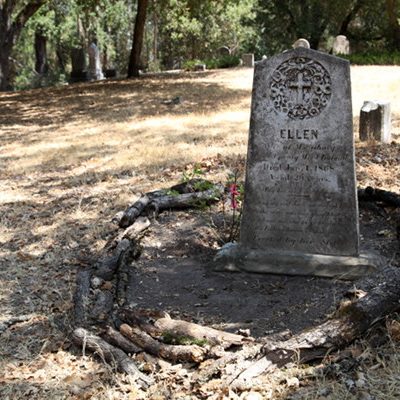
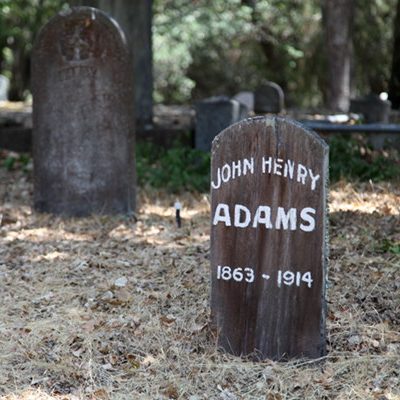
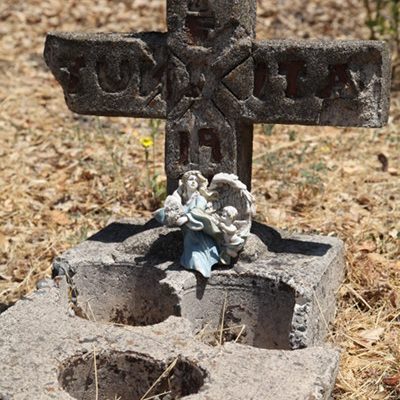
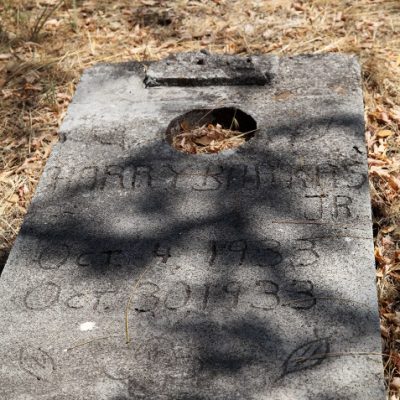
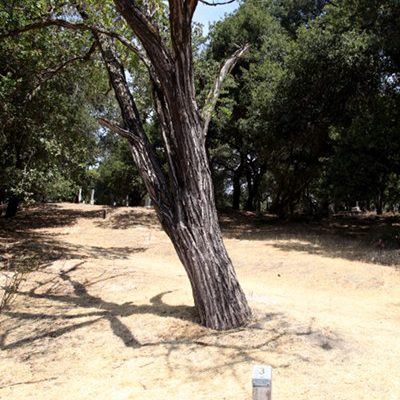
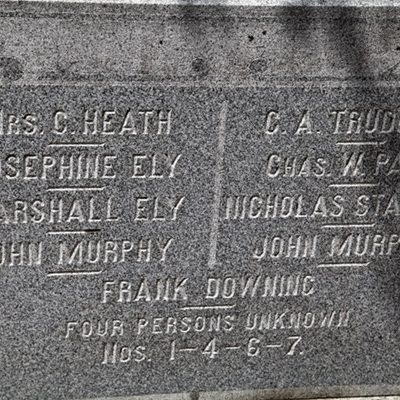
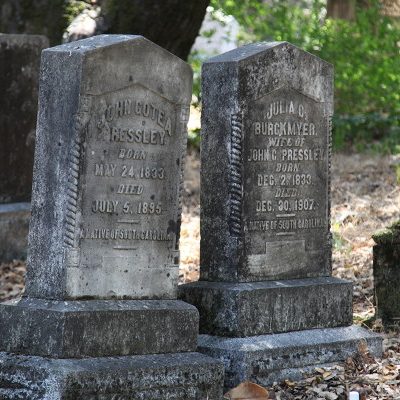
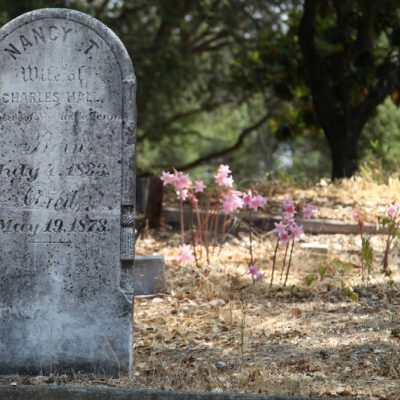
Thompson Mize is my great, great, great grandfather. So surprised to see his name in an article.